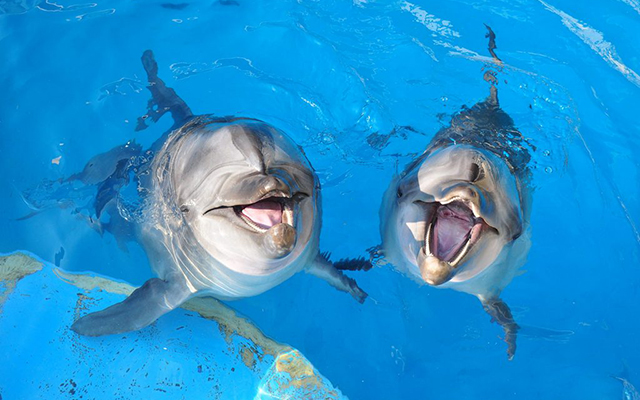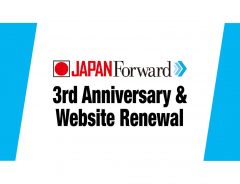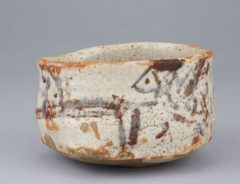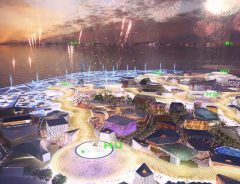
Source: © Sankei Shimbun | © JAPAN Forward
Enoshima Aquarium’s Proud Mission: Educating People, Preserving Dolphins
- Source:
- © JAPAN Forward / © Enoshima Aquarium
- Tags:
- cetaceans / dolphins / Enoshima / Enoshima Aquarium / JAPAN Forward
Related Article
-

Fuji Rock 2018 and YouTube – Japan’s Music Magic goes Global [Video]
-

JAPAN Forward Third Anniversary and Website Renewal
-

Tea Ware Exhibition at Suntory Museum Promises Rare Look at Japanese Culture
-

Osaka World Expo Targets 8 Billion Visitors — Thanks to Virtual Reality Technology
-

Blind Spots among the Neon Lights – Homelessness in Japan’s Urban Areas
-

s**t kingz: This Japanese Dance Crew Wants the World to Sit Up and Watch


Kazuhisa Hori (President, Enoshima Marine Corporation), for JAPAN Forward
My company, which was founded close to 67 years ago, is in the business of planning and operating public aquariums. Times change and we have entered an era where people have become increasingly aware of the irreplaceability of the environment of our planet and feel acutely the value of living creatures within that environment.
Our company firmly believes that in order to address these concerns it is our mission to offer an innovative form of aquarium exhibits and programs through our “edutainment” (education + entertainment) facilities.
Our core holding is the Enoshima Aquarium (Shin Enoshima Suizokukan or “Enosui” for short). This privately-operated aquarium was established in 2004 within the Shonan Kaigan Prefectural Park in Kanagawa Prefecture. It was the result of a private sector financial initiative (PFI), a method for channeling private capital to projects for social investment.
Enoshima’s Long History with Marine Biology
Actually, the Enoshima area was already well-known since it was here that the famous Harvard University zoologist and amateur archaeologist Dr. Edward Sylvester Morse established Japan’s first marine research lab in 1877. He had journeyed all the way to Japan from the United States during the early Meiji period, having heard that Sagami Bay, which Enoshima faces, was a treasure trove of marine life.
This pioneering coastal facility for marine research was where scientific study of marine life in Japan really began.
This was also the site where the original Enoshima Aquarium was built in 1954. It was the precursor of today’s “New” Enoshima aquarium, and was dubbed “Japan’s first modern aquarium” because it was the country’s first aquarium building that has installations of display tanks equipped with life support systems such as water circulation through filtration. It also attracted many visitors as the source of the latest findings and locus of study in the field of marine biology. Ikusaku Amemiya, the aquarium’s first director, could also trace his academic lineage directly back to Dr. Morse.
Later, in 1957, the Marineland was built next to the aquarium. It was there that the first real shows featuring dolphins and other cetaceans started and these beautiful animals had the opportunity to display their amazing abilities. That was the inception of the tradition of cetacean shows at Enoshima that continues to this day.
At that time the animals on display were bottlenose dolphins and Risso’s dolphins captured by fishermen based in Futo Harbor on the Izu Peninsula. The dolphins were transported by land from the Izu Peninsula over the mountains via the Hakone Pass to Enoshima, where they were released in the Marineland pools.
In other words, our aquarium began its tradition in cetacean shows through close collaboration with fishermen.
For more than six decades since, these shows have been an indispensable part of our work at the aquarium and the dolphins continue to be cherished by our visitors.
Photo by Sankei Shimbun | © JAPAN Forward
A Natural Love Of Dolphins and Other Cetaceans
The ocean surrounds Japan on four sides, which means that familiarity with the sea is an integral part of the Japanese national character. It’s perhaps not surprising then that Japan devotes a proportionately large amount of land to sites for aquariums.
In fact, there are roughly 100 aquariums nationwide, of which about 40 are raising bottlenose dolphins, pacific white-sided dolphins, false killer whales, finless porpoises, or other cetaceans. The dolphin shows staged by these facilities are the direct result of the good relations of aquariums and fisherman who capture these various cetacean species.
(...)
Written by Japan ForwardThe continuation of this article can be read on the "Japan Forward" site.
Enoshima Aquarium’s Proud Mission: Educating People, Preserving Dolphins